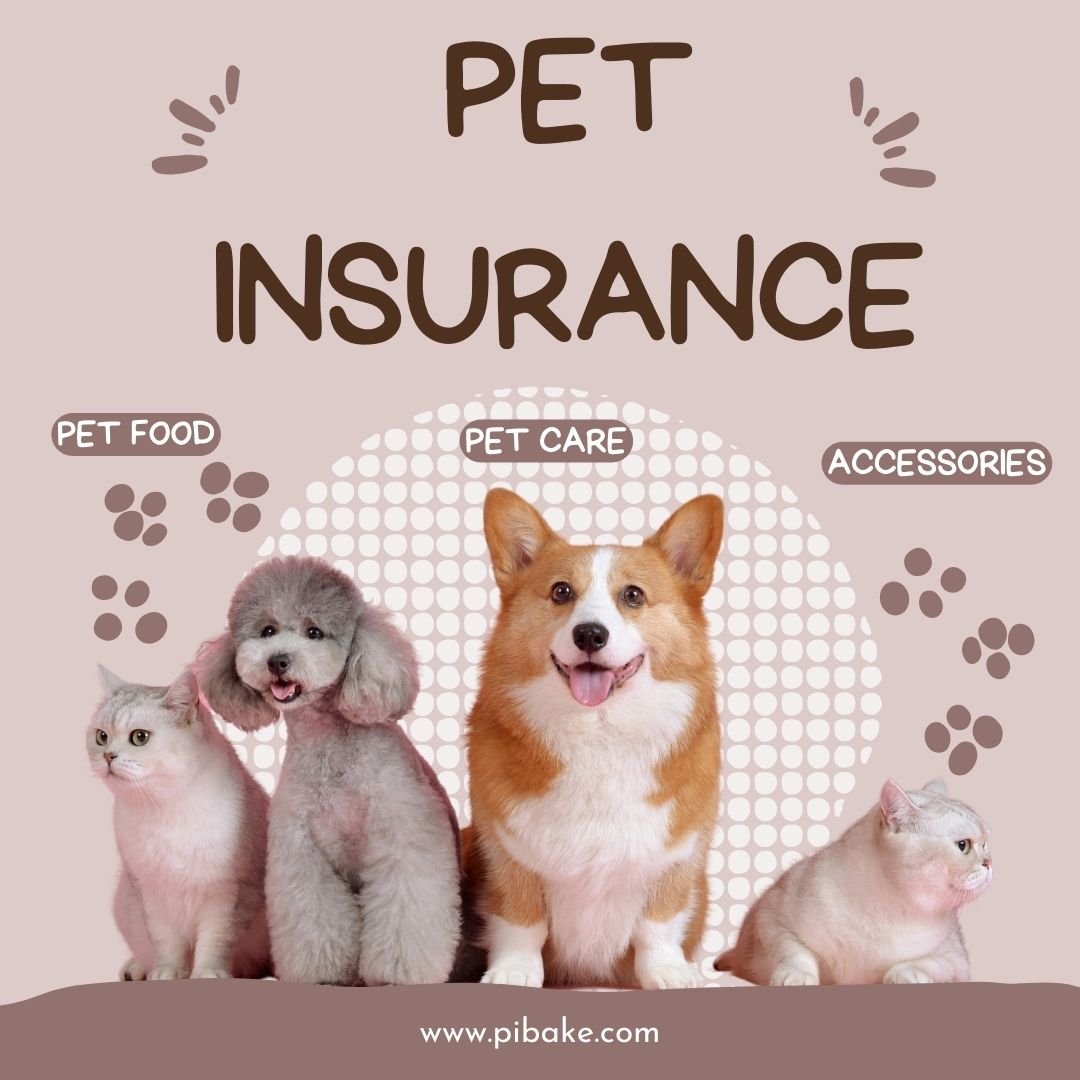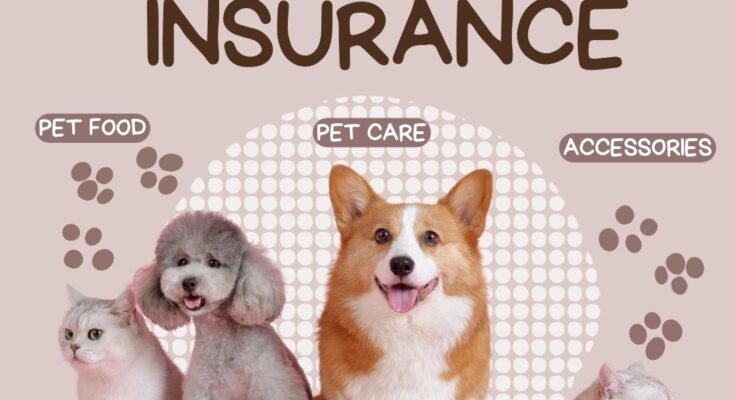Pet insurance has become increasingly important as veterinary costs rise. It’s a financial safety net that allows pet owners to provide high-quality care for their animals without worrying about crippling costs. Whether you’re seeking out the best pet insurance quotes or comparing different providers, knowing the benefits and options available is essential.
Pet insurance can significantly reduce the financial burden of unexpected medical bills. Accidents and illnesses are a part of life, and unfortunately, pets are not immune to them. From routine check-ups to major surgeries, the cost of medical treatment can add up quickly. However, with the right pet insurance policy, you can have peace of mind knowing your pet’s health will be covered.
Many pet owners find it difficult to navigate the world of pet insurance providers. With a multitude of options available, it’s important to choose one that offers comprehensive coverage while also fitting within your budget. In this article, we’ll explore the best pet insurance quotes, evaluate top pet insurance providers, and discuss the various benefits of pet insurance that will ensure your pet receives the care they need.

What is Pet Insurance?
Pet insurance is a type of health insurance for pets that helps cover the cost of medical treatments. Depending on the plan, it can cover a wide range of expenses, from routine vet visits to emergency care and surgery. Just like human health insurance, pet insurance can vary significantly in terms of coverage, exclusions, and premiums.
There are several types of pet insurance plans available, each offering different levels of coverage. Some plans may only cover accidents, while others provide comprehensive coverage that includes accidents, illnesses, and even wellness care. Choosing the right type of insurance depends on your pet’s health needs, as well as your budget.
Types of Pet Insurance Coverage
Accident-Only Insurance
This is the most basic type of pet insurance plan. It typically covers injuries caused by accidents, such as broken bones or injuries from car accidents. This type of insurance is generally cheaper but offers less protection than comprehensive plans.
Comprehensive Insurance
Comprehensive pet insurance covers a wide range of issues, including accidents, illnesses, surgeries, and sometimes even alternative treatments. This is the most popular option for pet owners who want to ensure their pets receive the best possible care.
Wellness Plans
Wellness plans focus on preventative care, including vaccinations, flea treatments, and routine check-ups. While it doesn’t cover accidents or illnesses, it helps maintain overall pet health and can prevent more expensive treatments in the future.
How to Choose the Right Pet Insurance Provider
Reputation and Customer Reviews
It’s important to choose a provider with a solid reputation. Customer reviews can give you an idea of how easy it is to work with the company and how responsive they are when claims are filed.
Cost of Insurance Plans
Pet insurance premiums can vary depending on the level of coverage, your pet’s age, breed, and location. It’s important to balance the cost of the insurance with the benefits offered, ensuring you get the most value.
Coverage Options and Limits
Each insurance provider will have different coverage options. Make sure the plan you choose offers coverage for the services you are most concerned about, whether it’s accidents, illnesses, or wellness care.
Claim Process and Turnaround Time
How quickly an insurance provider processes claims can be critical, especially in emergencies. Look for a provider with a streamlined process and quick turnaround times.
Best Pet Insurance Providers
Here are some of the best pet insurance providers to consider:
Healthy Paws Pet Insurance
Known for its comprehensive coverage options and quick claims process, Healthy Paws is a top choice for many pet owners. They offer flexible plans with no lifetime limits on coverage.
Petplan
Petplan is another excellent choice, offering comprehensive policies that cover everything from accidents to illnesses. Their customer service is highly rated, and they offer a 30-day money-back guarantee.
Embrace Pet Insurance
Embrace offers a range of coverage options, including a wellness plan for routine care. Their policies are customizable, and they provide great customer service.
Pet Insurance Benefits
Financial Protection Against High Vet Costs
One of the biggest benefits of pet insurance is the financial protection it offers against expensive veterinary bills. With the right policy, you won’t have to worry about paying out-of-pocket for costly treatments.
Access to Top-Notch Veterinary Care
Pet insurance ensures that your pet receives the best possible care, even if it’s a costly treatment. This allows you to prioritize your pet’s health without worrying about finances.
Peace of Mind for Pet Owners
Having pet insurance provides peace of mind knowing that if something happens to your pet, you will have the financial backing to provide the best care possible.
What Do I Need to Get Pet Insurance?
Getting pet insurance may seem like a big step, but it’s a relatively straightforward process. Here’s what you need to do to ensure that your furry friend is covered:
1. Basic Information About Your Pet
To get started, you will need to provide some basic information about your pet, including:
- Species: Whether your pet is a dog, cat, or another type of animal. Different species may have varying coverage options.
- Breed: Certain breeds may be more prone to health conditions, which could impact premiums or coverage.
- Age: Age is an important factor when determining insurance costs. Older pets often come with higher premiums or may be excluded from certain coverage options.
- Medical History: Insurers may ask for details about any pre-existing conditions your pet might have. While most providers don’t cover pre-existing conditions, some will offer coverage for certain issues once they are resolved.
2. Your Personal Information
You will also need to provide your own contact details and sometimes a pet-owner ID or proof of residency. This ensures that the policy is registered under the correct name and address.
3. Vet Records (if applicable)
If your pet has already been seen by a vet, it’s essential to have their medical records on hand. Insurance providers may ask for proof of vaccinations, prior treatments, surgeries, or any ongoing treatments. This can help them determine the level of coverage and tailor the policy to your pet’s specific needs.
4. Decide on the Type of Coverage
Before applying, you should have an idea of what type of coverage you want:
- Accident-only coverage for emergencies and injuries.
- Comprehensive coverage for accidents, illnesses, surgeries, and possibly wellness care.
- Wellness plans for preventative treatments like vaccinations and check-ups.
5. Understand Deductibles and Co-pays
Each policy comes with certain out-of-pocket costs. You’ll need to select the deductible amount (the amount you pay before the insurance kicks in) and co-pays (the percentage of the treatment costs you will be responsible for). Make sure you are comfortable with these costs before committing.
6. Review the Waiting Period
Some pet insurance policies come with a waiting period before the coverage becomes active. This is typically 14-30 days, so it’s important to factor this in when you’re selecting an insurance provider.
7. Compare Providers and Quotes
Once you have all the necessary details, it’s time to compare different insurance providers. Get multiple quotes to find the most competitive rates and best coverage. Some companies might offer discounts, flexible payment plans, or loyalty bonuses for long-term customers, so be sure to review these offers as well.
8. Sign the Agreement
Once you’ve selected the right provider and plan, you can sign the agreement to activate your pet’s insurance. Make sure you fully understand the terms and conditions before finalizing everything, especially exclusions and coverage limits.
FAQs About Pet Insurance
What does pet insurance cover?
Pet insurance typically covers accidents, illnesses, surgeries, medications, and sometimes even routine care like vaccinations and check-ups.
How much does pet insurance cost?
The cost of pet insurance varies based on factors like your pet’s age, breed, and location, as well as the level of coverage you choose.
Is pet insurance worth it?
Pet insurance is worth it if you want to avoid unexpected vet bills and ensure your pet receives the best medical care possible.
Can I use any vet with pet insurance?
Most pet insurance policies allow you to use any vet, though some providers may have networks or preferred providers.
What if my pet has a pre-existing condition?
Most pet insurance companies do not cover pre-existing conditions, but some offer coverage for conditions that have been cured or managed.
How do I file a pet insurance claim?
Filing a claim typically involves submitting invoices from your vet and providing details about the treatment. Most providers offer online claim submission for convenience.
Read more
Comprehensive Guide to the H-1B Visa
Top Car Insurance Quotes
Home Insurance
Conclusion
Pet insurance is an essential tool for ensuring your furry friend receives the best care possible without worrying about the financial burden. By carefully comparing providers and understanding the benefits, you can make an informed decision that best fits your pet’s needs and your budget.


